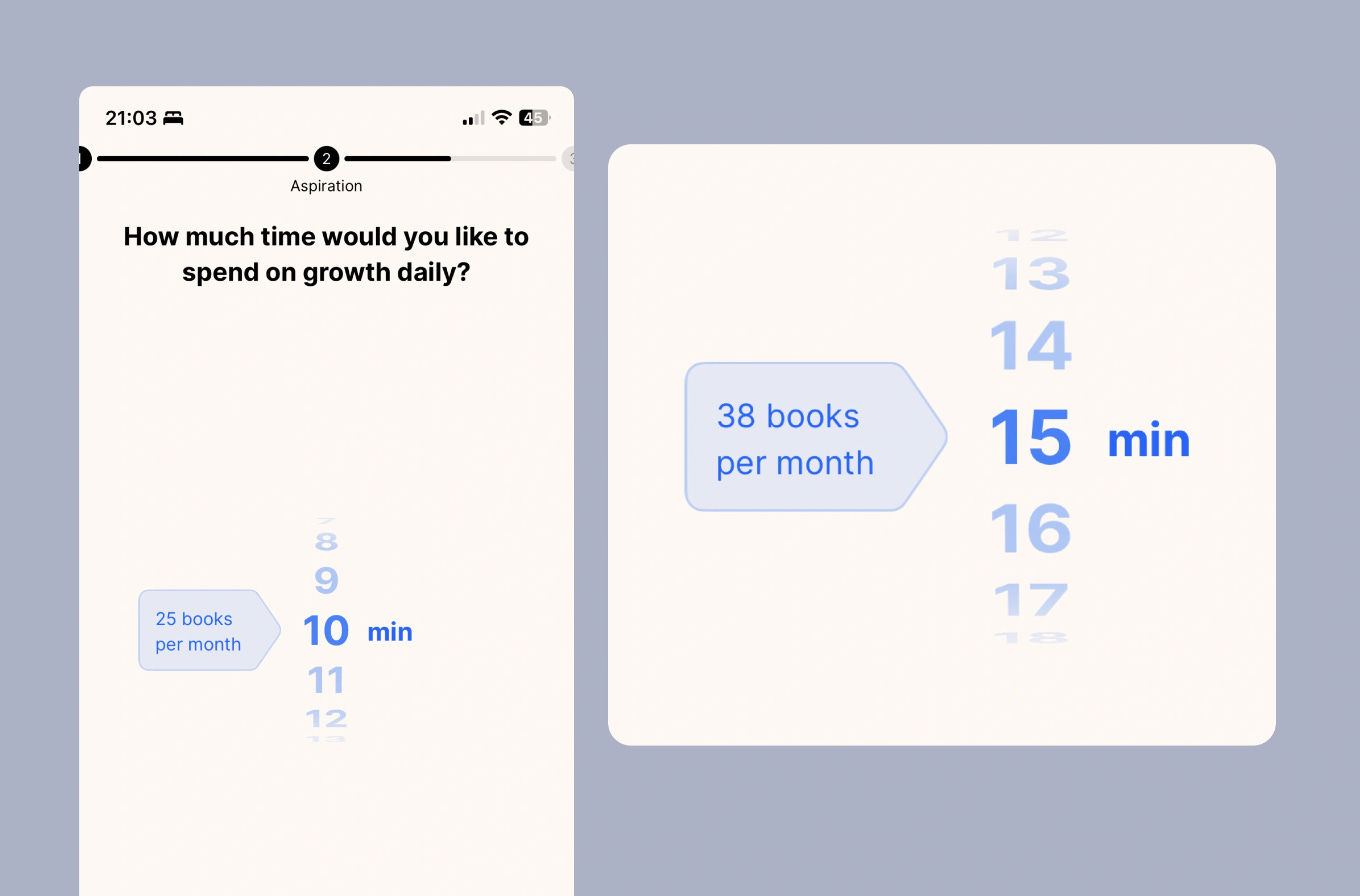Insights from today’s 3-min read:
❌ Why Freemium is Mostly a Bad Idea
📈 Figma’s Upsell Strategy
💰 How to Increase Paywall Conversion Rates
😢 Otter AI’s Poor Design
What does Otter AI’s monetisation strategy look like? The major problem with Otter isn’t customers don't care about their product. But, like many AI companies trying to rapidly grow, they've chosen to go with a freemium strategy, making the core product free, to attract as many sign ups as possible.
Why is this bad? There’s nothing inherently bad about this. Freemium can be a powerful tool if the company is effective at converting people from free-to-paid. However, they’ve got 2 issues that are leading to poor conversion from free-to-paid:
✅ Too Generous on Usage Limits: Otter offer 300 transcription minutes per month to free users. Most people outside of sales don’t need more than 5 hours of meetings transcribed a month which results in the majority of people not hitting the usage limits.
✅ Lack of Paywalls: They’ve only got a very small component highlighting your usage and don’t show any paywall popups upon other site opens.
💰 Redesigning Otter AI’s Paywall
How could this be improved? One simple way would be to show the average user success on a paywall.
You could do this in a couple of ways. (1) you could frame the costs the product is saving (e.g. Otter AI will save you $100 from hiring a freelancer for 10 hours / month).
However, often with software, the user is buying an outcome or goal.
For example, the reading app Headway asks users to create a reading goal, and then frames that desire by highlighting how many book summaries they’ll get through every month.
An equivalent for Otter, an AI meeting transcription service may be to highlight the time saved by a user. Example: Otter AI will save you 10 hours / month on writing meeting notes.
That’s it for today folks, hope you enjoyed!







